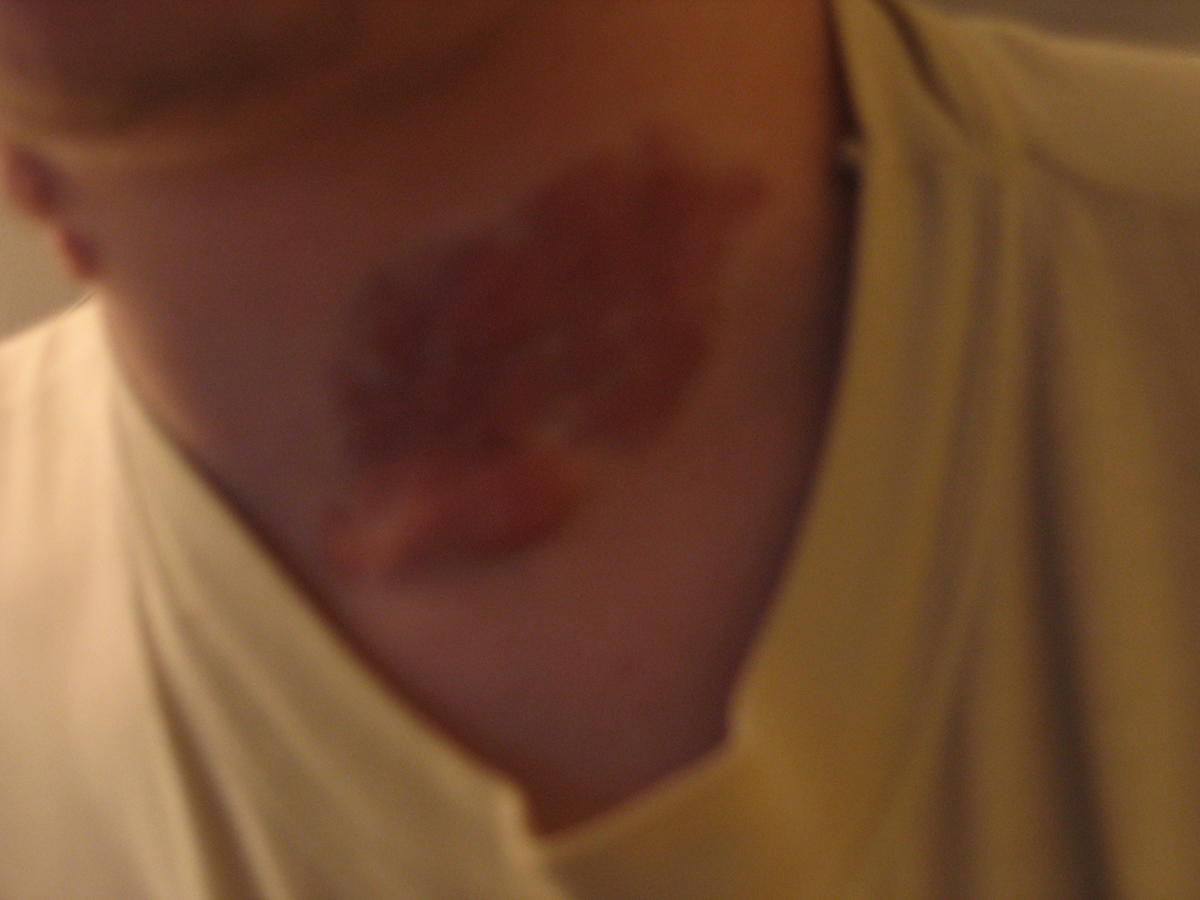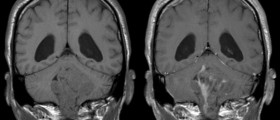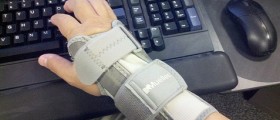
It is estimated that 100,000 US citizens are having neurofibromatosis disorder. Disorder occurs with women or men and in all ethnic groups just as equally. Actually, a three genetically different disorders that are generating developments of the nervous system tumor are called neurofibromatoses. Tumor support cells that are making out the nerves and the thin membranes wrapped around the nerves instead of simply transmitting the information.
Neurofibromatoses are classified on three type:
neurofibromatosis Type I (NF1 or Recklinghaus disease) Type II (NF2) and Type III that is a variation of NF2 called Schwannomatosis.NF1 The nerve tumors in NF1 are neurofibromas, which are tumors of the peripheral nerves and are the most common. It is not discovered yet why tumor occurs in the first place. What it is familiar for now is that tumors might be appearing due to gene mutations, mutations that are suppressing developing of cells. Mutations identify genes as NF1, NF2 and SMARCB1/INI1, which are controlling normal generating of cells.
Symptoms of disorders are the usual skin abnormalities, freckling, lash nodules and neurofibromas. Symptoms of these disorders dependent of age and it take couple of years for diagnosis to become clear. NF1 disorder has a progressive disorder and symptoms may get worse, although symptoms may be constant. Even if the most people with NF1 have a normal life, neurofibromas on the skin or under the skin can get worse with age and can cause difficult psychological issues as well as cosmetic issues.
NF1 can be inherited disorder: a research shows that between 30 - 50 % are spontaneous genetic mutations, and next mutation can skip couple of generation. There is a way to recognise NF1 so if there is an optic nerve glioma, a neurofibroma can include many nerves, light brown spots on the skin, more than 5 millimetres with children or more than 15 millimetres with adults and teens, a sibling with NF1, freckling at the armpit, abnormal size of spine, the temple bone of the skull, or the tibia, lisch nodules or iris hamartomas and several neurofibromas or one plexiform neurofibroma NF1 disorder is present.
NF21 in 25,000 people gets affected by this disorder while 50 % of people inherited disorder, the unknown cause of spontaneous genetic mutation. Slow-growing tumors of the eighth cranial nerves are NF2. There are 2 branches of nerve, the acoustic branch for hearing ability and the vestibular branch for balance. A vestibular schwannomas are typical tumors of NF2. Damaged structures of other cranial nerves and the brain stem can disable and are caused by tumor growth. NF2- the Schwannomas can affect any nerve, cranial nerves, a spinal nerves or peripheral nerves. The tumors can occur under the skin as bumps if affects nerves just under the skin. Or, in a shape of hairy skin on the surface of skin. With children tumors can be less pigmented with no hair.
To determine NF2 there are things to look out: glioma, meningioma, schwannoma, juvenile cortical cataract, bilateral vestibular schwannomas, and a history of NF2 in family, etc.
NF2 is treated clinically. The magnetic resonance imaging (MRI) may discover a size tumor of the vestibular nerve. Vestibular schwannomas grow large enough to cause brain stem compression or damage of cranial nerves. Small surgery can keep hearing and with large surgery there is no security, but if the auditory nerve is whole, the surgical placement of a cochlear implant is possible to retain hearing. Surgery for other NF2 tumors suppose to control, correct or ease symptoms of retinal abnormalities or correct cataracts.

















Your thoughts on this
Loading...